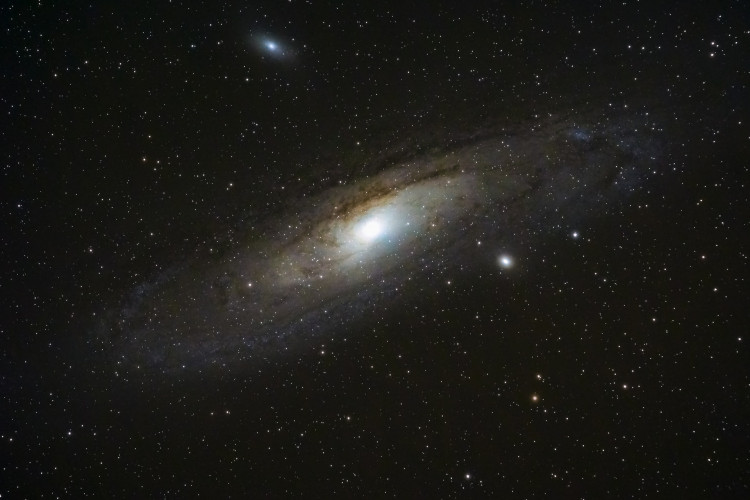Astronomers studying early galaxies were surprised to find six massive galaxies that seemed to have died during the universe's most prolific phase of star production earlier this year.
Despite the fact that most other galaxies were rapidly manufacturing new stars, they appeared to have ran out of the cold hydrogen gas needed to make stars.
While peering back billions of years to the peak of star generation in the cosmos, NASA's Hubble Space Telescope and the Atacama Large Millimeter/submillimeter Array (ALMA) in northern Chile discovered these strange galaxies.
Kate Whitaker, the lead author of a study on the six galaxies, stated in a news release that all galaxies should be forming a huge number of stars at this point in time in the universe - the peak epoch of star formation.
So, they ask: What happened to all that icy gas in these galaxies so early in their development?
Without the cold hydrogen gas required to ignite stars and create new ones, galaxies are practically lifeless. Even after absorbing nearby smaller galaxies and gas clouds, they are unable to regenerate. According to Whitaker, the act of absorbing just "puffs up" the dead galaxies.
These six galaxies had a fast-paced existence, generating stars in a relatively short amount of time. It's still unclear why they stopped star creation so quickly.
Whitaker hypothesizes that a supermassive black hole in the galaxy's center turned on and heated up all the gas. If that's the case, the gas could still be present, but it's now heated. Or it could have been evicted and is now being stopped from re-adhering to the galaxy. Or the galaxy could have simply depleted the supply, causing the source to be cut off.
These early, distant, dead galaxies were studied using the REQUIEM tool, which stands for Resolving QUIEscent Magnified Galaxies At High Redshift. When light is stretched by space expansion, it appears to move toward the red end of the spectrum. As a galaxy travels further away from the observer, it appears redder.
The REQUIEM team utilizes enormous foreground galaxy clusters as natural telescopes. A galaxy cluster's immense gravity bends and magnifies light from neighboring objects, distorting space.
When an early, massive, and far-away galaxy is positioned behind a cluster like this, it appears stretched and magnified, allowing scientists to examine features that would be impossible to see otherwise. "Strong gravitational lensing" is the term for this occurrence.
This research is an excellent example of Hubble and ALMA observations collaborating. Hubble pinpointed the positions of stars in galaxies, showing how they came to be.
ALMA detected cold dust, which acts as a proxy for cold hydrogen gas, and showed scientists where stars could develop in the future if enough fuel was present.





